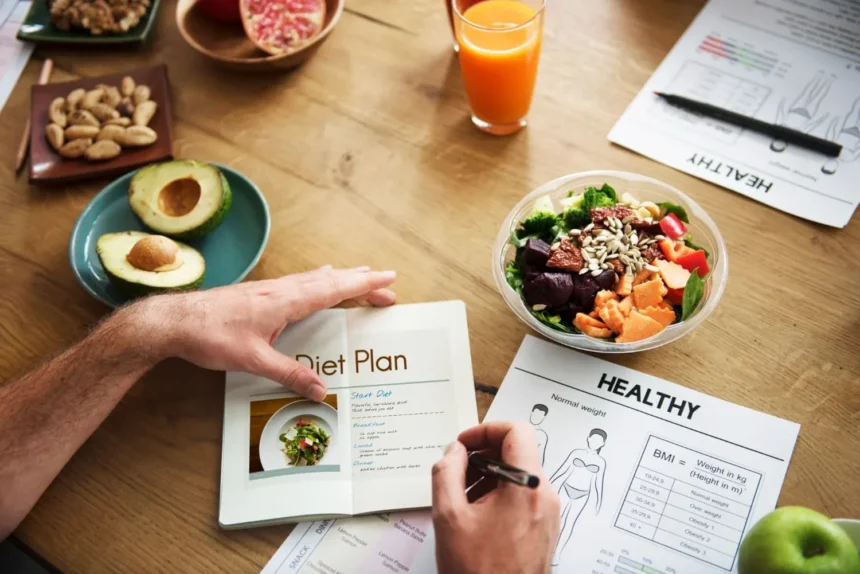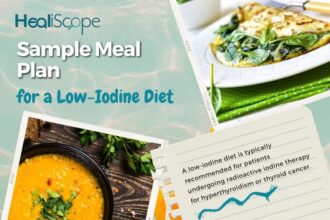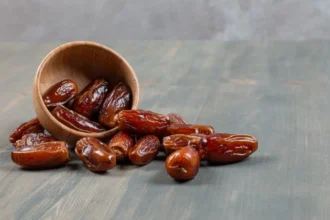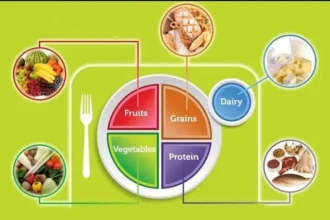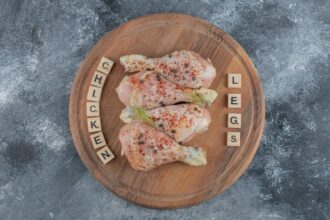Losing weight and keeping it off is rarely a simple process. It involves a blend of a balanced diet, regular exercise, and sustainable lifestyle changes. Although there’s no single “magic” food that will instantly melt away the pounds, certain nutrient-rich foods can support your weight loss journey when included as part of a healthy eating plan. In this article, we highlight 10 nautral foods for weight loss that can help you lose weight—not as miracle cures, but as effective additions that promote satiety, support metabolism and provide essential nutrients without excess calories. Let’s explore the science behind why these foods work and how they can benefit your weight loss efforts.
Understanding Weight Loss: The Basics
Before exploring specific foods that support weight loss, it’s important to understand the fundamental principle: to lose weight, you must consistently consume fewer calories than your body burns, creating a calorie deficit. While the foods discussed here can help support this process, they are not miracle cures. Sustainable weight loss requires a combination of a balanced diet and regular exercise.
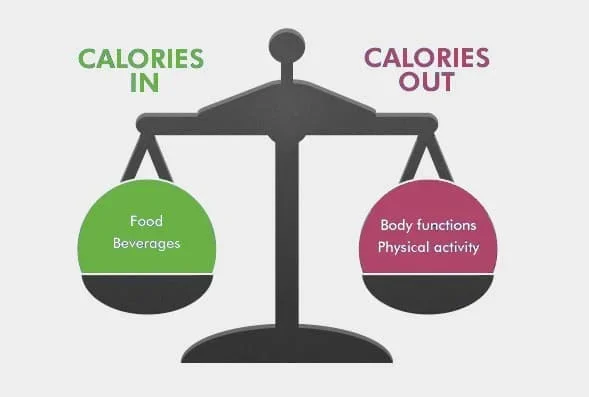
No single food will melt away fat on its own. However, certain foods can make achieving and maintaining a calorie deficit easier and more enjoyable. They do this by:
- Increasing Satiety: Foods rich in fiber, protein, or healthy fats help you feel fuller for longer, which can naturally reduce your overall calorie intake.
- Supporting Healthy Metabolism: While no food alone can dramatically boost your metabolism, certain nutrients assist in keeping your metabolic processes running efficiently.
- Providing Essential Nutrients: A well-balanced diet supplies all the vitamins, minerals, and nutrients your body needs, ensuring that reducing calorie intake does not lead to deficiencies that might hinder your progress or harm your health.
The foods highlighted in this article are chosen for their ability to contribute to one or more of these factors. They should be incorporated into a well-rounded, calorie-conscious diet alongside an active lifestyle to support your weight loss journey effectively.
10 Foods to Support Your Weight Loss Journey
Losing weight is a journey that involves a balanced diet, regular exercise and smart lifestyle choices. Incorporating certain nutrient-rich options can help support your efforts by keeping you full, boosting metabolism, and providing essential nutrients without excess calories. Here are 10 best foods for weight loss:
1. Eggs

A versatile, complete protein source containing all nine essential amino acids.
- Nutritional Highlights (per large egg): Approximately 70 calories, 6g protein and 5g fat. Also, a good source of choline and Vitamin D.
- Why They May Help: Eggs are highly satiated, which can help reduce overall calorie intake by keeping you full longer.
- How to Incorporate: Enjoy them boiled, poached, scrambled, or as an omelet. You can also add them to salads or sandwiches.
- Important Note: Dietary cholesterol in eggs is no longer considered a major concern for most people; however, consult your doctor if you have any specific concerns.
2. Chili Peppers
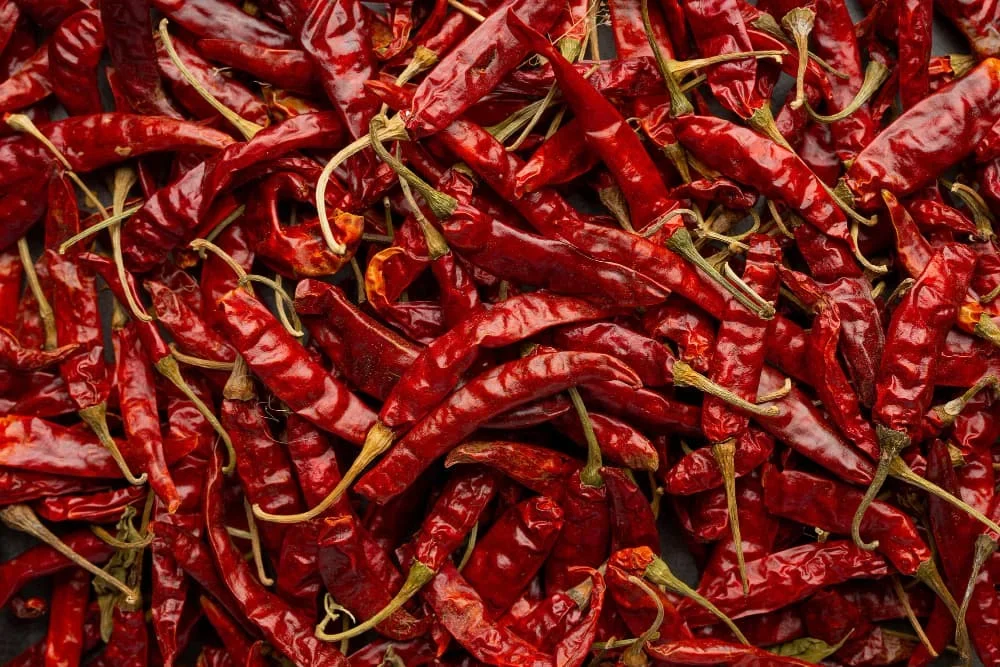
Spicy peppers that contain the active compound capsaicin, which gives them their heat.
- Nutritional Highlights (per 1 chili pepper): Around 4 calories, negligible fat and sugar and a good source of Vitamin C.
- Why They May Help: Capsaicin may slightly boost metabolism and promote fat oxidation, as well as help reduce appetite.
- How to Incorporate: Add chopped chili peppers to stir-fries, soups, stews, eggs, or sauces.
- Important Note: Capsaicin can cause digestive upset in some individuals; start with small amounts to assess your tolerance.
3. Watermelon

A hydrating, refreshing fruit with a very high water content and low calorie density.
- Nutritional Highlights (per 1 cup diced): About 46 calories, 0g fat, 1g protein, along with Vitamin C and lycopene.
- Why It May Help: Being over 90% water, watermelon helps you feel full and hydrated while satisfying sweet cravings with minimal calories.
- How to Incorporate: Enjoy as a snack, dessert or toss into salads.
- Important Note: Though low in calories, portion control is still key due to its natural sugar content.
4. Greek Yogurt
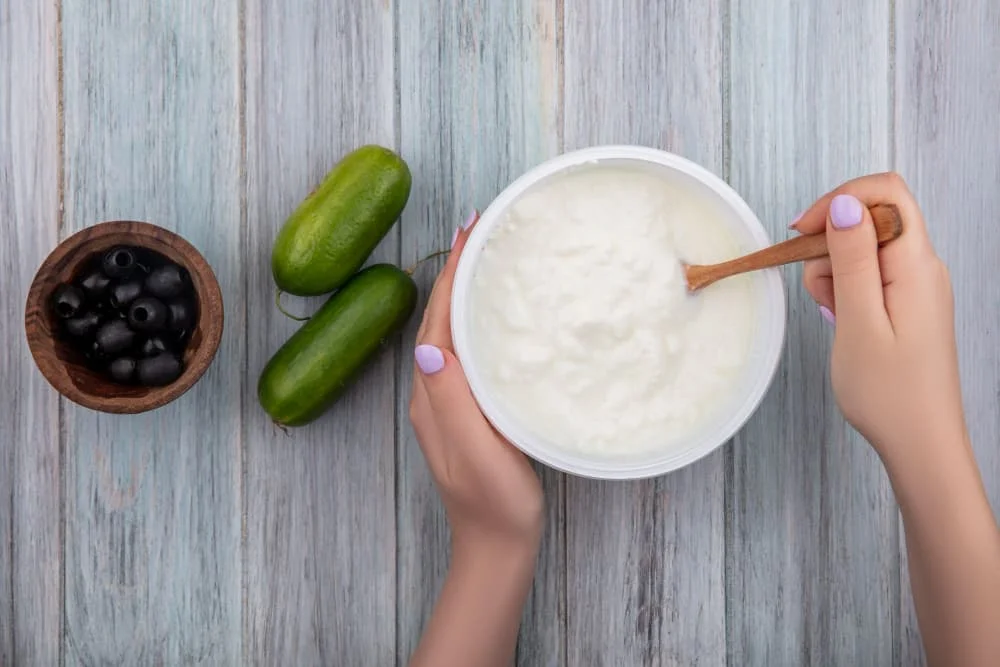
A thick, creamy Greek yogurt that is higher in protein than regular yogurt.
- Nutritional Highlights (per 100g, plain, non-fat): Approximately 59 calories, 10g protein and 0g fat, plus a good amount of calcium.
- Why It May Help: High protein content promotes satiety and helps preserve lean muscle mass, while calcium may benefit body composition.
- How to Incorporate: Enjoy it for breakfast, as a snack or use it as a substitute for sour cream or mayonnaise.
- Important Note: Opt. for plain, unsweetened varieties to avoid extra sugar.
5. Chia Seeds
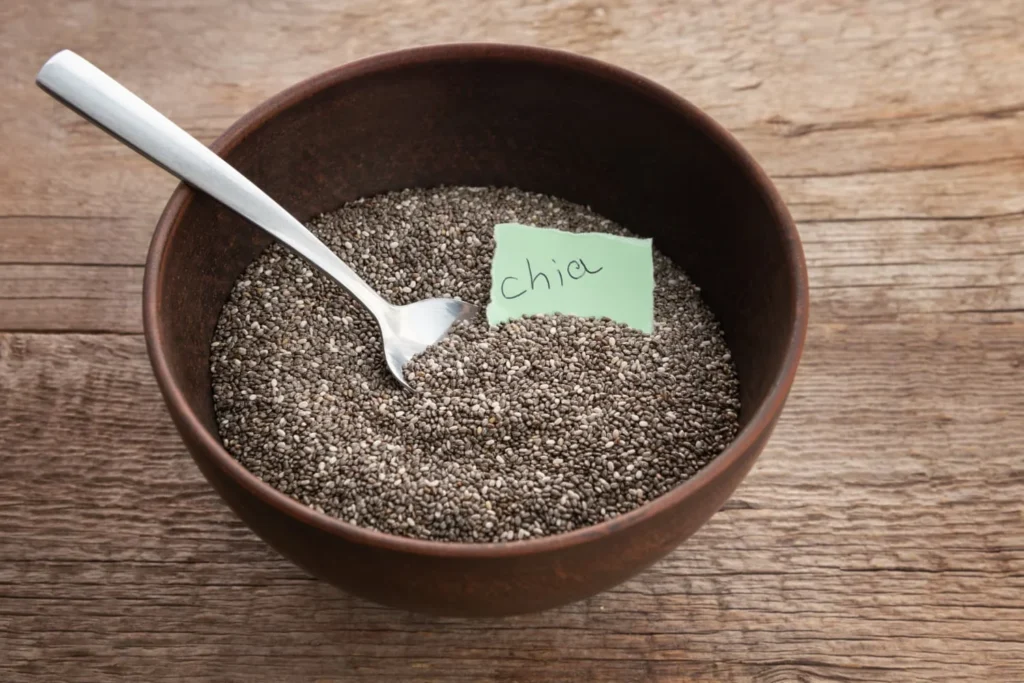
Tiny chia seeds are packed with fiber, protein, and omega-3 fatty acids.
- Nutritional Highlights (per 1 tablespoon/12g): Approximately 60 calories, 3g protein, 4g fiber and 5g fat (mostly omega-3s).
- Why They May Help: Their high soluble fiber content absorbs water and expands in your stomach, promoting a feeling of fullness and reducing overall calorie intake.
- How to Incorporate: Sprinkle on smoothies, yogurt, oatmeal, or salads, or use them to make chia seed pudding.
- Important Note: Start with 1-2 tablespoons and increase gradually; drink plenty of water to aid digestion.
6. Green Tea
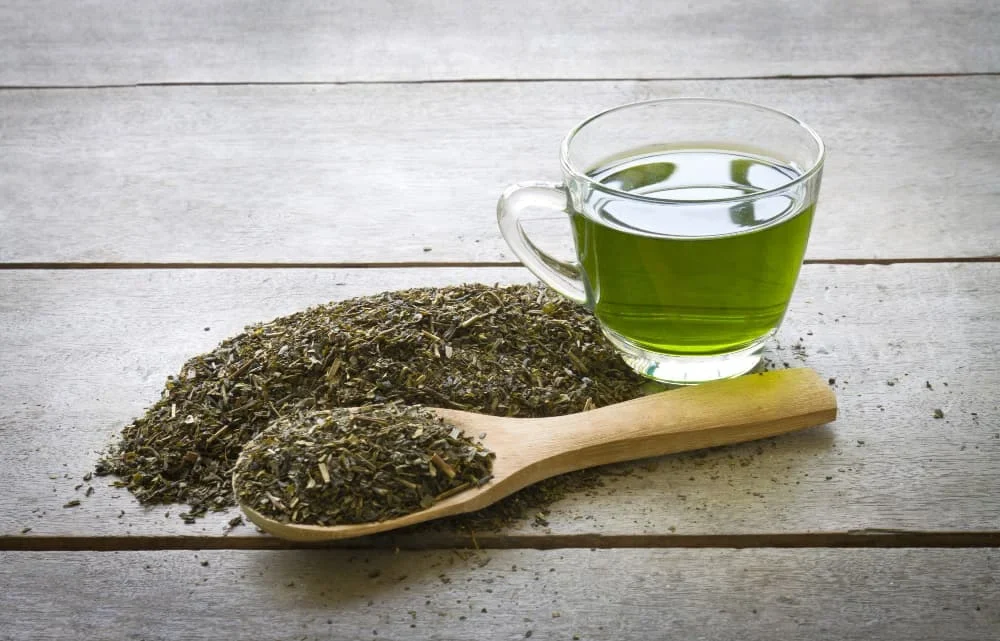
A calorie-free beverage made from the leaves of the Camellia sinensis plant, rich in antioxidants.
- Nutritional Highlights: Virtually calorie-free, containing catechins, especially EGCG.
- Why It May Help: Green tea’s catechins may have a modest effect on metabolism and fat oxidation while providing antioxidant protection.
- How to Incorporate: Enjoy unsweetened green tea, served hot or iced.
- Important Note: Be mindful of its caffeine content if you are sensitive to stimulants.
7. Garlic
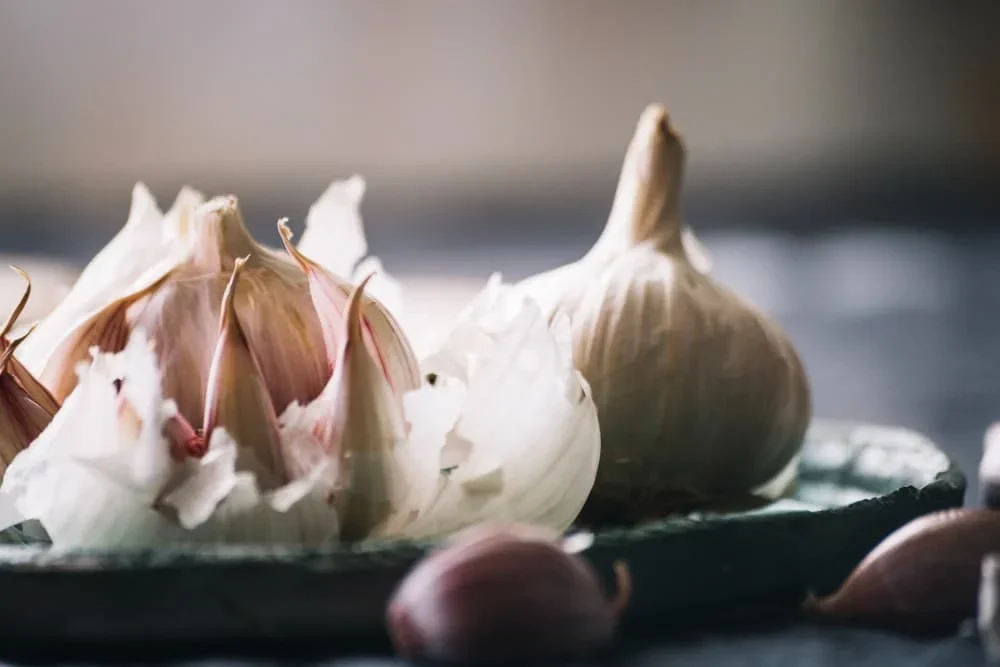
A pungent bulb known for its distinctive flavor and long history of medicinal use.
- Nutritional Highlights: Low in calories and rich in allicin and other sulfur compounds.
- Why It May Help: Compounds in garlic, such as allicin, may have a modest role in influencing fat metabolism and reducing fat storage.
- How to Incorporate: Incorporate garlic into your cooking—soups, stews, stir-fries, and sauces work well.
- Important Note: The weight loss benefits of garlic are likely small and should be seen as a supplementary strategy.
8. Salmon
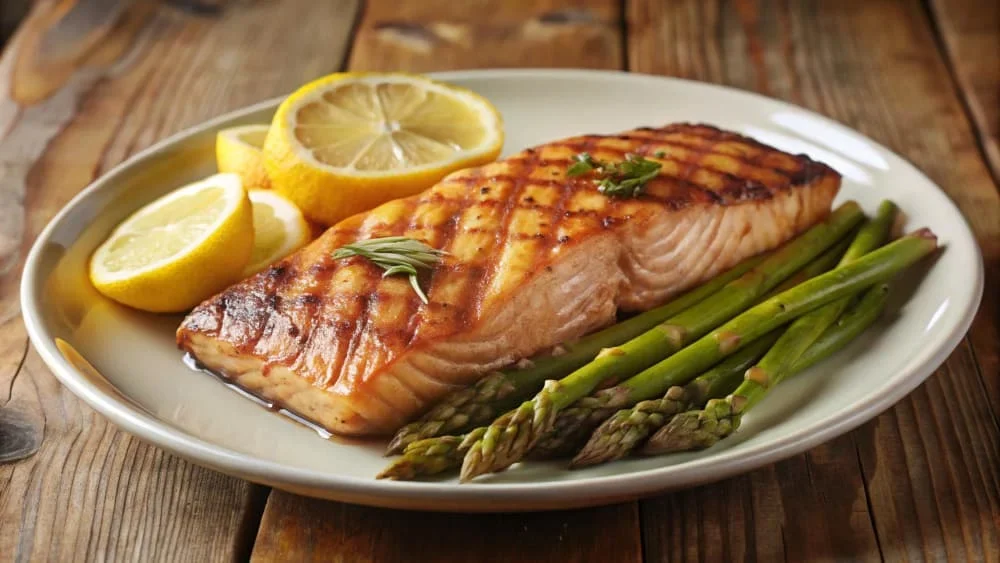
A fatty fish celebrated for its high-quality protein and omega-3 fatty acids.
- Nutritional Highlights (per 100g): Approximately 208 calories, 20g protein and 13g fat (rich in omega-3s), plus a good dose of Vitamin D.
- Why It May Help: High protein content promotes satiety and helps preserve muscle mass during calorie restriction, while omega-3 fatty acids support overall health and may improve body composition.
- How to Incorporate: Bake, grill or pan-fry salmon; add it to salads or serve with a side of vegetables.
- Important Note: Whenever possible, choose wild-caught salmon for a better omega-3 to omega-6 ratio.
9. Avocados
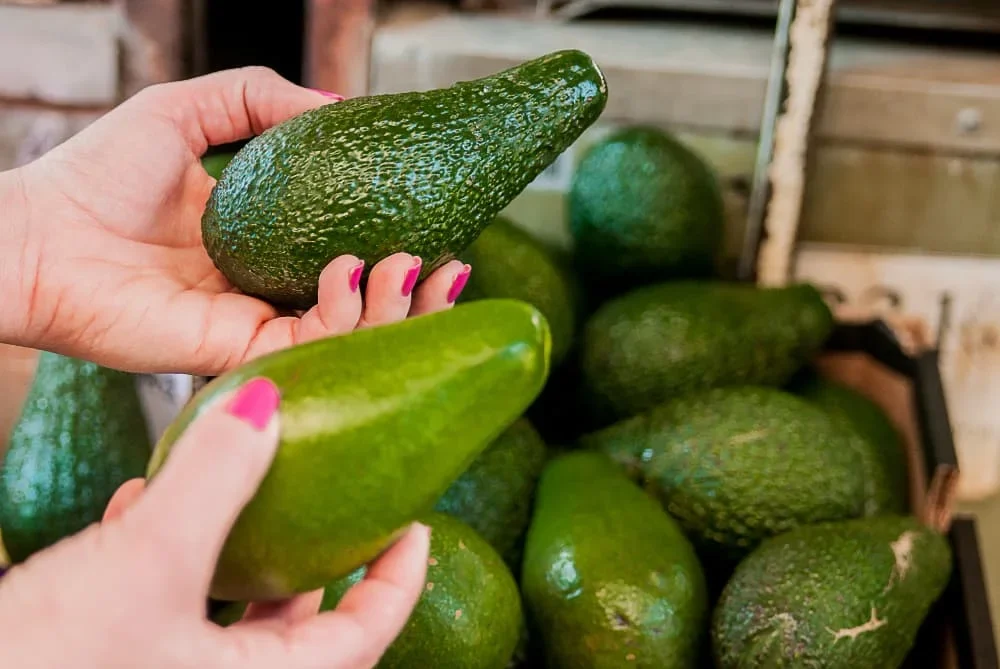
A unique fruit rich in healthy monounsaturated fats, fiber and a variety of vitamins and minerals.
- Nutritional Highlights (per 1/2 avocado): Around 160 calories, 2g protein, 15g fat (mostly monounsaturated) and 7g fiber; also a good source of potassium.
- Why It May Help: Although calorie-dense, avocados promote satiety due to their fiber and healthy fats, potentially preventing overeating. The monounsaturated fats are linked to improved metabolic health.
- How to Incorporate: Add avocado slices to salads, sandwiches, or toast; use it to make guacamole.
- Important Note: Practice portion control due to their high calorie content.
10. Chicken Breast
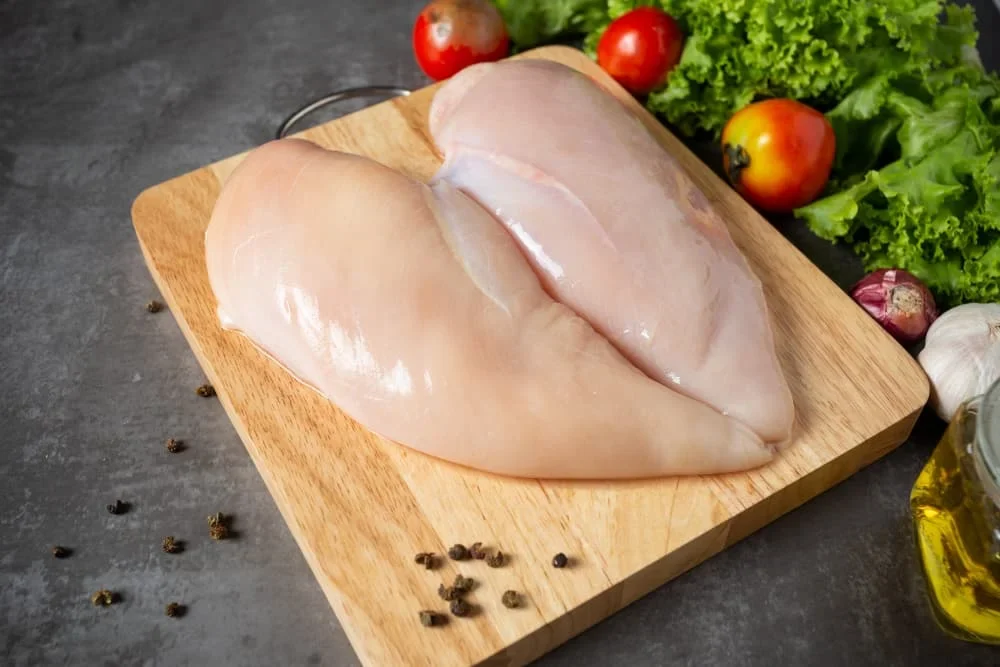
A lean protein source that is low in fat and high in essential amino acids.
- Nutritional Highlights (per 100g, cooked, skinless): Approximately 165 calories, 31g protein and 3.6g fat.
- Why It May Help: Protein is vital for building and preserving muscle mass, which supports a healthy metabolism. Lean protein also increases satiety, helping you feel fuller for longer.
- How to Incorporate: Grill, bake, or stir-fry chicken breast; incorporate it into salads, soups, or wraps.
- Important Note: Always choose skinless chicken breast to keep fat content low.
These ten foods are designed to complement a well-rounded, calorie-conscious diet, helping you feel full, support a healthy metabolism and provide the essential nutrients needed for overall well-being during your weight loss journey.
Beyond Food: Other Factors for Successful Weight Loss
While incorporating nutrient-rich foods is an important part of weight loss, sustainable success goes beyond the dinner plate. Weight management is a holistic journey that includes various lifestyle factors. Think of food as one piece of the puzzle. Here are other crucial elements to consider:
- Regular Exercise
Engaging in physical activity is key for burning calories, building muscle—which naturally boosts your metabolism—and enhancing overall health. Aim for a mix of cardio such as brisk walking, running or cycling, along with strength training. - Adequate Sleep
Quality sleep is essential. Lack of sleep can disrupt hormones that regulate appetite and metabolism, potentially leading to weight gain. Strive for 7-9 hours of restful sleep each night. - Stress Management
Chronic stress elevates cortisol levels, which can promote fat storage, especially around the abdomen. Find healthy ways to manage stress such as yoga, meditation or spending time in nature. - Hydration
Drinking enough water supports overall health and can aid in weight loss. Water helps you feel full, slightly boosts your metabolism and aids digestion.
In summary, long-term and sustainable weight loss is best achieved through a combination of a balanced, nutrient-dense diet and healthy lifestyle choices. Addressing each of these factors is essential for maximizing your results and enhancing your overall well-being.
Conclusion
Incorporating these nutrient-rich foods for weight loss into your meals can be a powerful step toward achieving your weight loss goals. They help boost satiety, provide essential nutrients, and support healthy metabolism. However, sustainable weight loss is a holistic journey that goes beyond individual foods. A balanced diet, regular exercise, adequate sleep, and effective stress management are all essential components of a healthy lifestyle.
For personalized advice and a plan tailored to your specific needs, consult with a healthcare professional or a registered dietitian.
Frequently Asked Questions (FAQs)
How much weight can you lose by just eating these foods?
There is no single answer, as weight loss depends on many factors including your starting weight, overall calorie intake, activity level, metabolism, and genetics. While these foods can help support weight loss by promoting satiety and providing essential nutrients, they are not a magic solution. Sustainable weight loss requires a holistic approach that includes a balanced diet, regular exercise, and healthy lifestyle habits. Remember, weight loss is not always the best measure of health.
Is there anyone who shouldn’t consume these foods?
Although these foods are generally healthy, some individuals may need to exercise caution or avoid them:
- Chili Peppers: People with sensitive stomachs or acid reflux may need to limit their intake.
- Chia Seeds: Start with a small amount to avoid digestive discomfort.
- Garlic: May thin the blood; consult your doctor if you are taking blood-thinning medication.
- Avocados: They are calorie-dense, so portion control is important.
- Food Allergies: Avoid any specific foods if you have known allergies.
Always consult your doctor or a registered dietitian before making significant changes to your diet, especially if you have underlying health conditions.
What are some healthy snacks I can eat?
Good options include:
- Fresh fruits like apples, bananas, or oranges
- Raw, unsalted nuts
- Greek yogurt
- Air-popped popcorn
How much of these foods should I be eating?
Your ideal intake depends on your age, overall health, and activity levels. It is best to discuss a personalized meal plan with your doctor or a certified dietitian.
Can I combine these weight-loss foods in a single meal?
Absolutely! In fact, combining several of these foods can create a highly nutritious and satisfying meal that supports your weight loss goals. For example, you might enjoy grilled salmon with a side of roasted vegetables and a small portion of quinoa, or a salad with chicken breast, avocado, and a sprinkle of chia seeds. The key is to focus on balanced meals that include lean protein, healthy fats, and plenty of fiber.
Are there any downsides to eating these foods for weight loss?
While these foods are generally beneficial, it is important to maintain moderation and variety. No single food is a miracle cure for weight loss, and relying too heavily on one food group can lead to nutritional imbalances. Be mindful of portion sizes, especially with calorie-dense items like avocados and nuts. If you have any underlying health conditions or food allergies, consult with your doctor or a registered dietitian.
How quickly can I expect to see results if I start eating these foods?
Weight loss is a gradual process, and results vary widely based on individual factors such as starting weight, metabolism, activity level, and overall diet. Incorporating these foods into a balanced, calorie-controlled diet along with regular exercise can support your weight loss efforts, but don’t expect overnight changes. Focus on making sustainable lifestyle changes rather than seeking quick fixes.
Do I need to eat all these foods to lose weight?
Not at all. This list offers a variety of options to help support your journey. The amount you should eat of each depends on your individual needs, preferences, and overall nutritional goals. For personalized guidance, it is always best to consult with your doctor or a registered dietitian.

